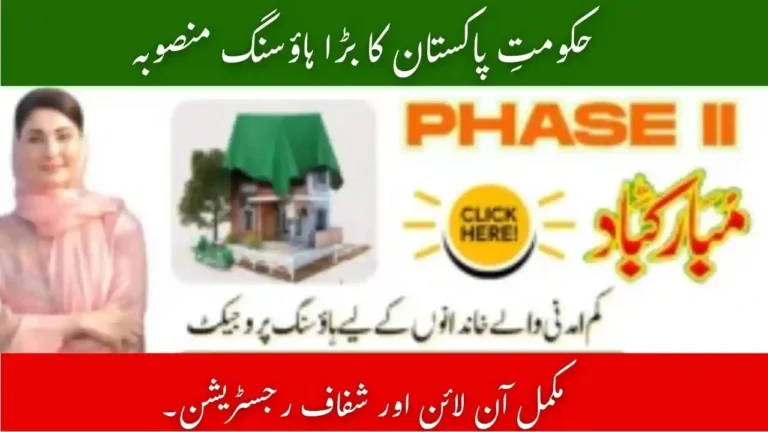Pakistan Approves Used Car Imports 2025 with 40% Duty – ECC’s Pricey Green Light
ISLAMABAD, Sept 25, 2025 – In a move that could reshape Pakistan’s automobile market, the Economic Coordination Committee (ECC) has approved the commercial import of used vehicles up to five years old, but with a steep 40% regulatory duty (RD). The decision, announced by the Ministry of Finance after an ECC meeting chaired by Finance Minister Muhammad Aurangzeb, will remain effective until June 30, 2026.
This is the first major shift in the country’s auto import policy in years. While it promises more choice for consumers, the high duty rates mean prices will remain out of reach for many buyers—at least in the short run.
The Policy in Brief
Here’s what the new Pakistan Used Car Import Policy 2025 allows:
- Import of used cars up to five years old until June 2026.
- After that, the age restriction will be lifted, opening the market further.
- Imports will be subject to strict safety and environmental standards.
- A 40% regulatory duty (RD) will apply in addition to existing customs duties.
- The RD will gradually phase out:
- 2025–26: 40%
- 2026–27: 30%
- 2027–28: 20%
- 2028–29: 10%
- 2029–30: 0%
This staged reduction is designed to give local auto manufacturers breathing space while gradually opening the market for consumers.
Why the Change Now?
For years, Pakistan’s auto sector has been dominated by a handful of local manufacturers. Complaints of high prices, delayed deliveries, and lack of variety have fueled public frustration.
At the same time, inflation has squeezed buyers, while the rupee’s weakness has made new cars even more expensive. Against this backdrop, the ECC decision serves multiple goals:
- Increase consumer choice with more models and variants.
- Generate revenue through duties and taxes.
- Put pressure on local assemblers to improve quality and pricing.
- Encourage eco-friendly imports such as hybrids and compact vehicles.
Finance Ministry insiders say the policy was also influenced by public demand for affordable alternatives and the need to reduce import bills for oil by encouraging smaller, fuel-efficient cars.
The Steep Price Factor
While the approval has created a buzz, the 40% RD makes affordability a serious issue.
Example:
- A $10,000 used car abroad could cost Rs 40–45 lakh in Pakistan after RD, customs duty, and sales tax.
- Hybrid cars, despite being fuel-efficient, will also enter at premium price tags.
This means that in the first year, imports may primarily target wealthier buyers and commercial dealers, rather than the average middle-class household.
What Happens After June 2026?
The real game-changer comes after June 30, 2026. At that point, the five-year cap will be lifted, allowing import of older, cheaper cars.
- Middle-class consumers may finally get affordable options.
- Variety will expand, from compact hatchbacks to family sedans.
- Local assemblers could face serious competition if imports surge.
By then, the regulatory duty will also drop to 30%, making imports significantly cheaper than in 2025.
Reaction from the Auto Industry
The ECC’s decision has sparked mixed reactions:
- Car dealers welcomed the move, calling it a “fresh breath” for a stagnant market.
- Consumers expressed frustration over the high duty but remain hopeful for long-term affordability.
- Local manufacturers, however, fear declining sales if imports gain traction.
Auto experts argue that the phased duty cut is a balancing act: it protects local assemblers in the short run while forcing them to modernize and compete in the long run.
Environmental & Safety Standards
The ECC has been clear: no substandard vehicles will enter the country. Imported used cars must meet:
- Euro-compliant emission standards.
- Safety benchmarks, including airbags, ABS, and crash safety ratings.
- Inspection certifications from international authorities.
This is meant to prevent Pakistan from becoming a dumping ground for outdated, polluting vehicles. It also aligns with the government’s push toward green mobility.
Broader Economic Context
The used car import policy is just one piece of the ECC’s wider economic strategy. In the same meeting, the committee approved:
- A Technical Supplementary Grant of Rs 800 million for the Pakistan Virtual Asset Regulatory Authority (PVARA).
- Measures to stabilize food and energy markets through tariff reforms.
By liberalizing used car imports while still collecting revenue, the government hopes to strike a balance between consumer relief and fiscal responsibility.
Market Expectations
In the short term, auto dealers predict:
- Limited imports due to high duties.
- Premium buyers dominating demand.
- Prices remaining high until 2026–27.
But in the medium to long term (2027 onwards):
- Imports will become more affordable as duties phase out.
- Consumers will enjoy greater variety and better quality.
- Local manufacturers will face pressure to innovate and lower prices.
Read More: Maryam Nawaz Launches PERA Force in Punjab
Pros and Cons at a Glance
Pros:
- More choice for consumers.
- Potential boost for hybrid and eco-friendly cars.
- Extra revenue for the government.
- Long-term price reductions after duty cuts.
Cons:
- High prices in the short term.
- Threat to local auto industry jobs.
- Risk of used car dumping if standards are not enforced.
- Limited accessibility for middle-income households before 2026.
Conclusion – A Pricey Beginning, A Promising Future
The Pakistan Approves Used Car Imports 2025 is a bold but cautious experiment. By allowing imports with high duties now and phasing them out gradually, the ECC has tried to balance consumer demand with local industry protection.
For now, car buyers may find the imports too expensive to be practical. But by 2029–30, when duties vanish and older cars become eligible, the market could look very different—more competitive, more affordable, and far more diverse.
The ECC’s move signals one thing clearly: the era of limited choices and overpriced local cars is nearing its end.





